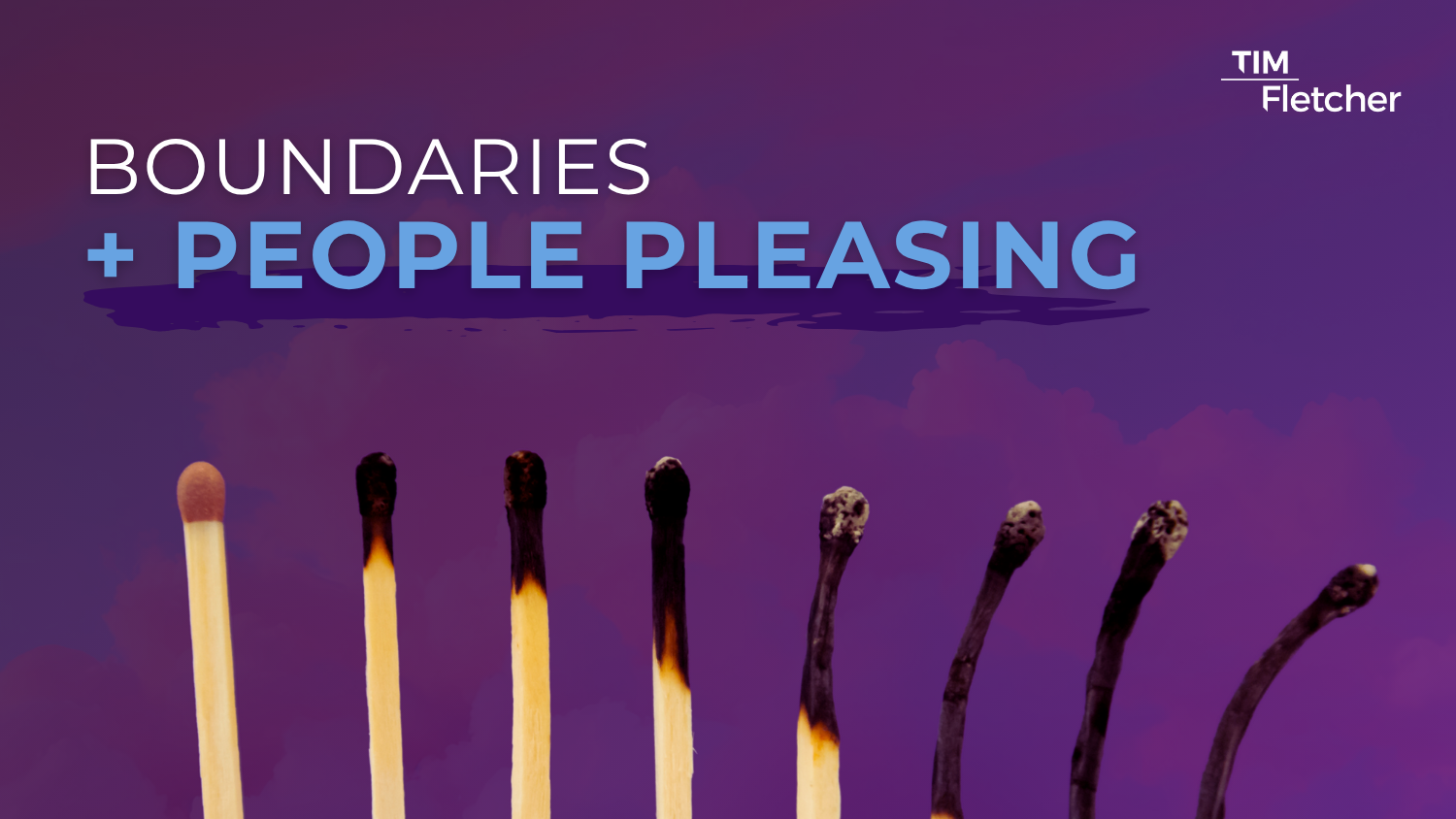If You Leave Me, Can I Come Too? — Codependency and Complex Trauma Explained
The phrase “If you leave me, can I come too?” may sound playful at first, but it captures an emotional truth for many: a deep fear of separation, rejection, or being left behind. For those who identify with this sentiment, it often points to codependency — a relational pattern rooted in the experience of complex trauma.
This article unpacks these two interconnected concepts, offering insights into their origins, their impact on relationships, and practical steps toward healing. Whether you’re here seeking understanding or tools for change, this is your chance to explore how these patterns work — and how they can be transformed.
What Is Complex Trauma?
Complex trauma occurs when someone experiences repeated and prolonged emotional distress, often in formative relationships during childhood. Unlike single-event trauma, complex trauma reshapes how you see yourself, others, and the world.
How it manifests:
- A diminished sense of self-worth.
- Difficulty regulating emotions.
- Hyper-vigilance in relationships.
For example, a child who grows up in a home where love is conditional — based on obedience or emotional suppression — may internalize the belief that their worth depends on pleasing others.
To understand more about complex trauma, check out this in-depth guide on its impact
What Is Codependency?
Codependency is a relational pattern where your self-worth becomes intertwined with others’ approval, needs, and emotions. It’s not just about helping others — it’s about losing yourself in the process.
Signs of codependency include:
- Feeling responsible for other people’s happiness.
- Struggling to express your own needs.
- Fear of abandonment or rejection.
- Seeking validation through acts of self-sacrifice.
Although it might appear selfless, codependency is often driven by an underlying fear of being alone or unworthy without external validation.
How Are Codependency and Complex Trauma Connected?
Codependency often develops as a response to complex trauma. When early relationships teach you that love and safety depend on meeting others’ needs, you may unconsciously carry that pattern into adulthood.
Imagine this:
A child grows up with a caregiver who is emotionally unavailable or volatile. To avoid conflict, the child becomes hyper-attuned to the caregiver’s moods, learning to prioritize their needs over their own. This survival strategy — while effective in the moment — lays the foundation for codependency in future relationships.
As adults, we may find ourselves in relationships where we repeat these dynamics, even if they are harmful or unfulfilling.
Why Do We Stay in Codependent Relationships?
The answer lies in the deep-seated fear of being alone. For individuals with complex trauma, codependent relationships feel familiar, even if they are unhealthy.
Questions to consider:
- Do you feel responsible for fixing others’ problems?
- Are you afraid that setting boundaries will lead to rejection?
- Do you equate being needed with being loved?
This fear of abandonment often keeps us stuck, but recognizing these patterns is the first step toward freedom.
Breaking Free: Steps to Heal from Codependency and Complex Trauma
Healing is possible, but it requires courage, self-awareness, and support. Here’s a roadmap to start your journey:
1. Understand Your Patterns:
Begin by identifying the relational dynamics in your life. Are you consistently prioritizing others at your expense?
2. Set Boundaries:
Boundaries are a form of self-respect. Start small by saying no to minor requests that drain your energy.
3. Rediscover Yourself:
Reconnect with what makes you you. Pursue hobbies, passions, or goals that bring you joy and fulfillment outside of relationships.
4. Seek Professional Support:
Therapy or trauma-informed recovery programs can provide essential tools and guidance. Explore our articles on complex trauma
5. Practice Self-Compassion:
Remember, healing isn’t linear. Celebrate small victories and be gentle with yourself through setbacks.
What Does a Healthy Relationship Look Like?
Healthy relationships are based on mutual respect, trust, and emotional autonomy. Unlike codependent relationships, they allow space for individuality and growth.
Reflect on these questions:
- Can I express my needs without fear?
- Do I feel seen, heard, and valued as I am?
- Am I maintaining my sense of self in this relationship?
If your answers reveal an imbalance, it might be time to reevaluate the relationship and prioritize your emotional well-being.
Common Myths About Healing from Codependency
Myth 1: I have to become completely independent.
Truth: Healing isn’t about rejecting connection; it’s about building relationships that respect your boundaries and identity.
Myth 2: I’ll never change because this is who I am.
Truth: Codependency is a learned behavior, not a fixed identity. With the right tools, you can unlearn these patterns.
Myth 3: Healing means I’ll lose my relationships.
Truth: Healthy boundaries may shift some dynamics, but they also create space for deeper, more authentic connections.
The Path Forward: Choosing Yourself
Breaking free from codependency and the grip of complex trauma isn’t just about leaving harmful relationships — it’s about choosing yourself. It’s about learning to trust your inner voice, value your needs, and build a life that reflects your worth.
This journey isn’t easy, but it’s transformative. Every step you take — whether it’s setting a boundary, seeking support, or exploring your identity — is a step toward freedom.
Additional Resources to Support Your Journey
- Explore our ALIGN courses for practical, trauma-informed tools to help you navigate recovery -
- Read “Complex Trauma, Survival Adaptations, and the Concept of Soul Murder” for actionable insights.
Healing is a journey of self-discovery and empowerment. You don’t have to walk it alone.








































